AC-130 Laser Weapon Test Slip Raises Questions About Its Future
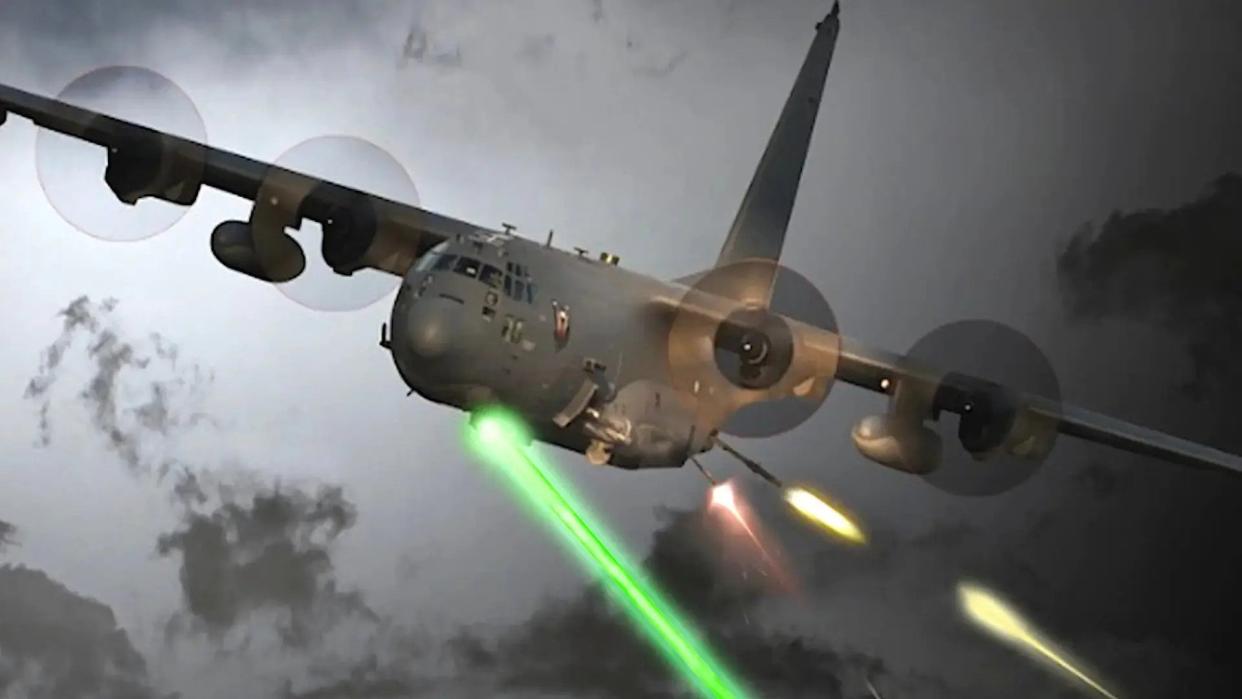
Planned flight testing of a high-energy laser directed energy weapon on a U.S. Air Force AC-130J Ghostrider gunship has been pushed back again to next year. This once looked set to be the service's first operational airborne laser weapon. However, the future of this project is ever more uncertain and there is now a broader review of the Ghostrider's armament suite that could see the aircraft lose their 105mm howitzers in the future.
Air Force Special Operations Command (AFSOC) has confirmed to The War Zone that flight tests of the Airborne High Energy Laser (AHEL) on the AC-130J are now set to start in January 2024 and wrap up in June of that year. The goal had originally been for the AHEL to take to the sky on a Ghostrider sometime in the 2022 Fiscal Year. Most recently, the hope had been that this would occur before the end of this year.
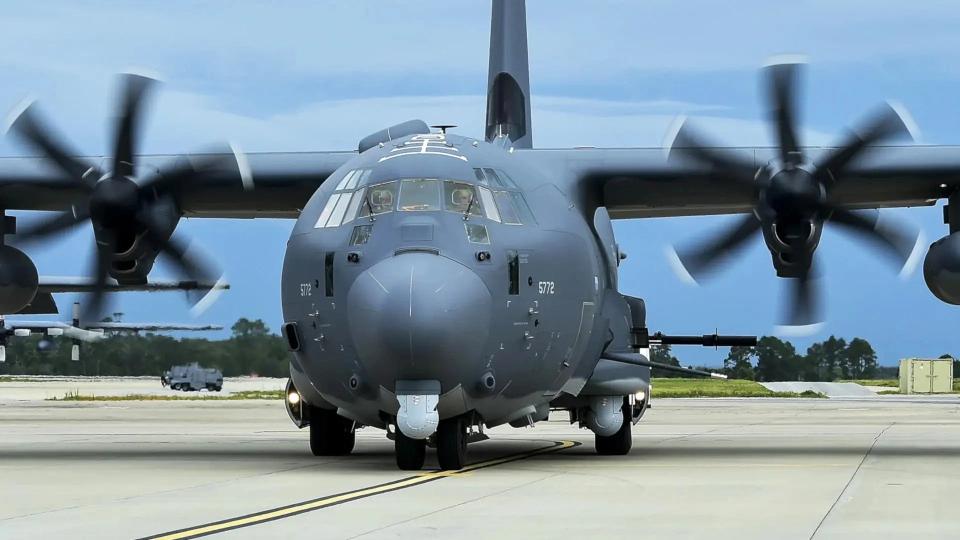
Lockheed Martin has been under contract since 2019 to deliver the laser source for the AHEL (which also includes a beam director and other components) and support efforts to integrate it onto an AC-130J. AFSOC, which has been operating with the U.S. Navy's Naval Surface Warfare Center Dahlgren Division (NSWC Dahlgren) on this project, received the laser weapon system, which is in the 60-kilowatt power class, back in 2021. The Navy has been a leader within the U.S. military in the development and fielding of laser directed energy weapons of various types, including the 60-kilowatt class High-Energy Laser with Integrated Optical Dazzler and Surveillance (HELIOS) design, another system for which Lockheed Martin is the prime contractor.
The exact reason or reasons for the latest delay are unclear. There have been indications that the integration of the laser onto the AC-130J has turned out to be more complicated than originally expected. Earlier this year, an Air Force official told The War Zone that there might be a need for “quite a bit of additional testing” when it came to integrating the AHEL onto the Ghostrider due in part to other modifications required to bring those aircraft up to the latest Block 30 standard, which you can read more about here.
Defense News reported just this week that there had been discussions about installing the laser in place of the Ghostrider's 105mm howitzer, but that this was determined to be infeasible. "Placing a laser where the 105mm gun is now yields so much air turbulence that it would upset the laser’s beam," according to that outlet.
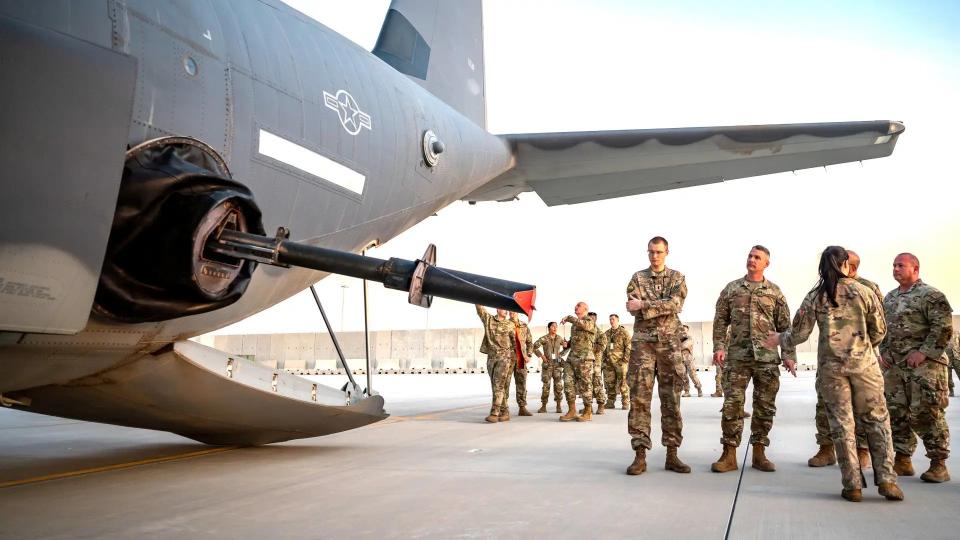
The U.S. military has cited issues relating to the generation of sufficient power and providing adequate cooling as hurdles that have hampered separate airborne laser directed energy weapon programs in the past, which might also be factors for the AHEL effort.
It is worth noting that this is not the first time the Air Force has tested a laser directed energy weapon on a member of the C-130 family. There were tests in the 1990s and early 2000s as part of the Advanced Tactical Laser (ATL) program of a 100 kilowatt-class chemical oxygen-iodine laser (COIL) installed on a C-130 testbed aircraft. In that instance, the laser was installed in the main cargo bay and projected through a large turret installed under the forward fuselage. The new AHEL is a solid-state design. Solid-state lasers are smaller and lighter, as well as decidedly less complicated overall than the older COIL types, which require a stream of potentially dangerous chemicals to operate. You can read more about the differences between these types of lasers in this past War Zone feature.
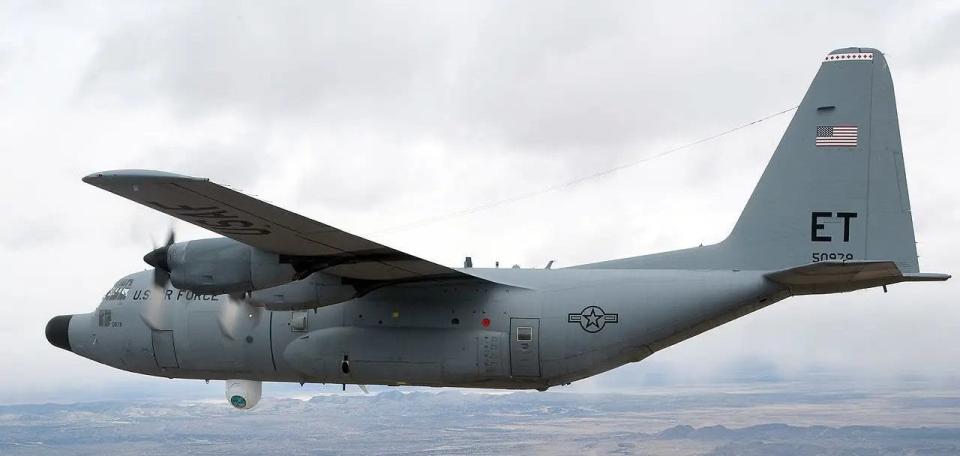
Interestingly, an earlier rendering related to the AHEL project, seen below, showed a similar configuration to the aircraft used in the ATL tests.
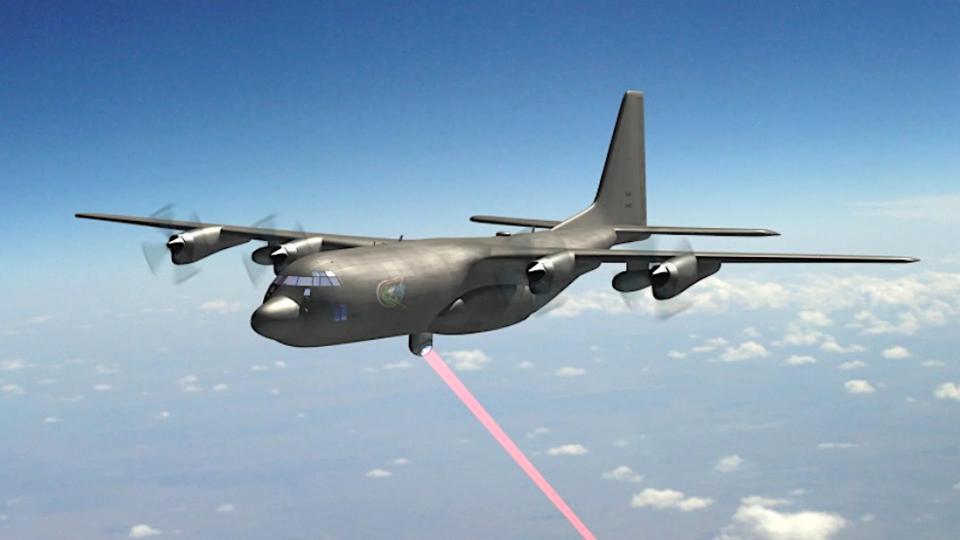
No matter how the AHEL might ultimately be integrated onto the AC-130J, the future of this project, and what might come after it in terms of a laser directed energy weapon capability for AFSOC on the Ghsotrider or any other aircraft, is an open question.
"Upon completion of testing, we’ll be able to speak more confidently on the feasibility of the program," Lt. Col. Rebecca Heyse, an AFSOC spokesperson, told The War Zone in a statement. "No decision has been made regarding future plans of the AHEL at AFSOC."
"Our intent with [the airborne high-energy laser] right now is to continue and finish the demonstration for [the Office of the Secretary of Defense], and we will see if we are able to actually pick it up as a weapon system," an Air Force official told Defense News for its story earlier this week. "Right now, it doesn’t look like we might. We just don’t know."
In principle, a high-energy laser could be a valuable addition to the AC-130J's already extensive arsenal, which includes a 30mm automatic cannon, as well as its 105mm howitzer, and the ability to employ a variety of precision-guided bombs and missiles.
https://www.youtube.com/watch?v=5DDcIyfSwnA
Directed energy weapons, broadly speaking, have the benefit of a deep magazine depth, being able to fire repeatedly so long as there is sufficient power and cooling. AHEL on the AC-130J or any other aircraft would also be able to engage targets without them necessarily knowing before it is too late.
In 2017, now-retired Lt. Gen. Brad Webb, then head of AFSOC, explained how a weapon like this might offer a discreet way to destroy an electrical transformer, the engine of a pick-up truck, communication equipment, and a parked drone in support of a notional special operations raid in an interview with National Defense magazine.
"Without the slightest bang, whoosh, thump, explosion, or even aircraft engine hum, four key targets are permanently disabled," Webb said. "The enemy has no communications, no escape vehicle, no electrical power, and no retaliatory intelligence, surveillance, and reconnaissance capability. Minutes later, the team emerges from the compound, terrorist mastermind in hand. A successful raid."
At the same time, a laser directed energy weapon is a line-of-sight weapon like the AC-130J's existing guns. It is perhaps a closer-range system than the Air Force might now be interested in, especially given various limitations on how far the beam can be projected with useful power and precision. AFSOC is now in the midst of a formal review of plans regarding the future of the AC-130J's armament suite. There is already a clear desire to give the Ghostriders more stand-off capability, with a particular eye toward what these aircraft might contribute to a future high-end conflict against an opponent with dense integrated air defenses, such as one in the Pacific against China.
One big thing that may come as a result of the new reassessment of the armament requirements for the AC-130Js could be the removal of the 105mm howitzers from those aircraft altogether, as you can read more about here. Lt. Col. Heyse, the AFSOC spokesperson, also confirmed to The War Zone that the continued integration of improved 105mm howitzers onto the Ghostriders is on hold until the review is completed. So far, only 17 of the Air Force's 30 AC-130Js have been upgraded in this way.
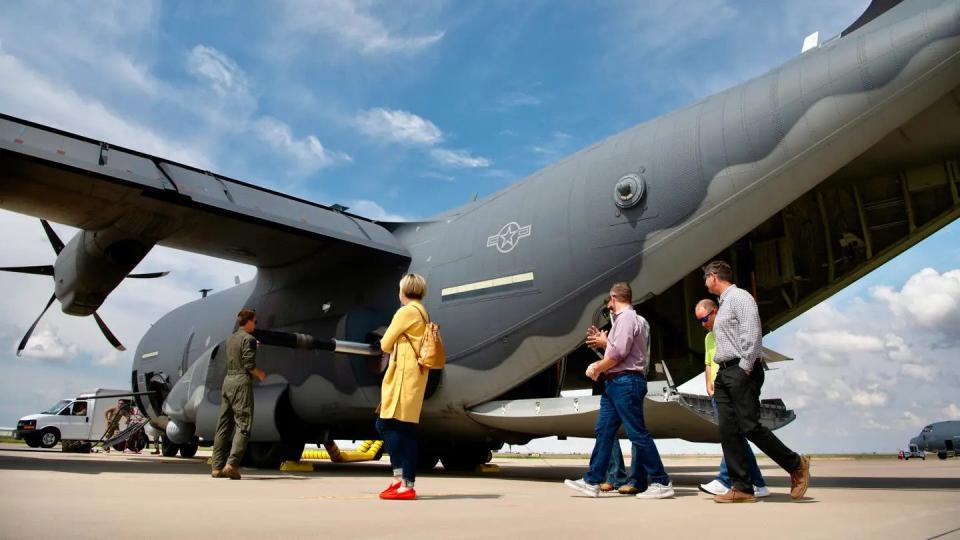
This all speaks to a larger emerging discussion about the future of the AC-130J, which is the only AC-130 variant the Air Force now has in service, as part of the U.S. military's pivot to preparing for high-end conflicts. At their heart, AC-130s are close air support (CAS) platforms intended to provide direct fires in relatively permissive airspace and often in close proximity to forces they are supporting on the ground. There is certainly still a demand for AFSOC to provide the kinds of capabilities the Ghostrider offers now, but it is also in the process of acquiring a new fleet of dedicated light attack aircraft to perform similar missions.
What is clear is that a final decision about the fate of the AHEL project will only come after the completion of the planned flight testing, which is now not expected to even start until January.
Contact the author: joe@thedrive.com

